Macadamia, velvet antler, morinda officinalis… grow in the forest
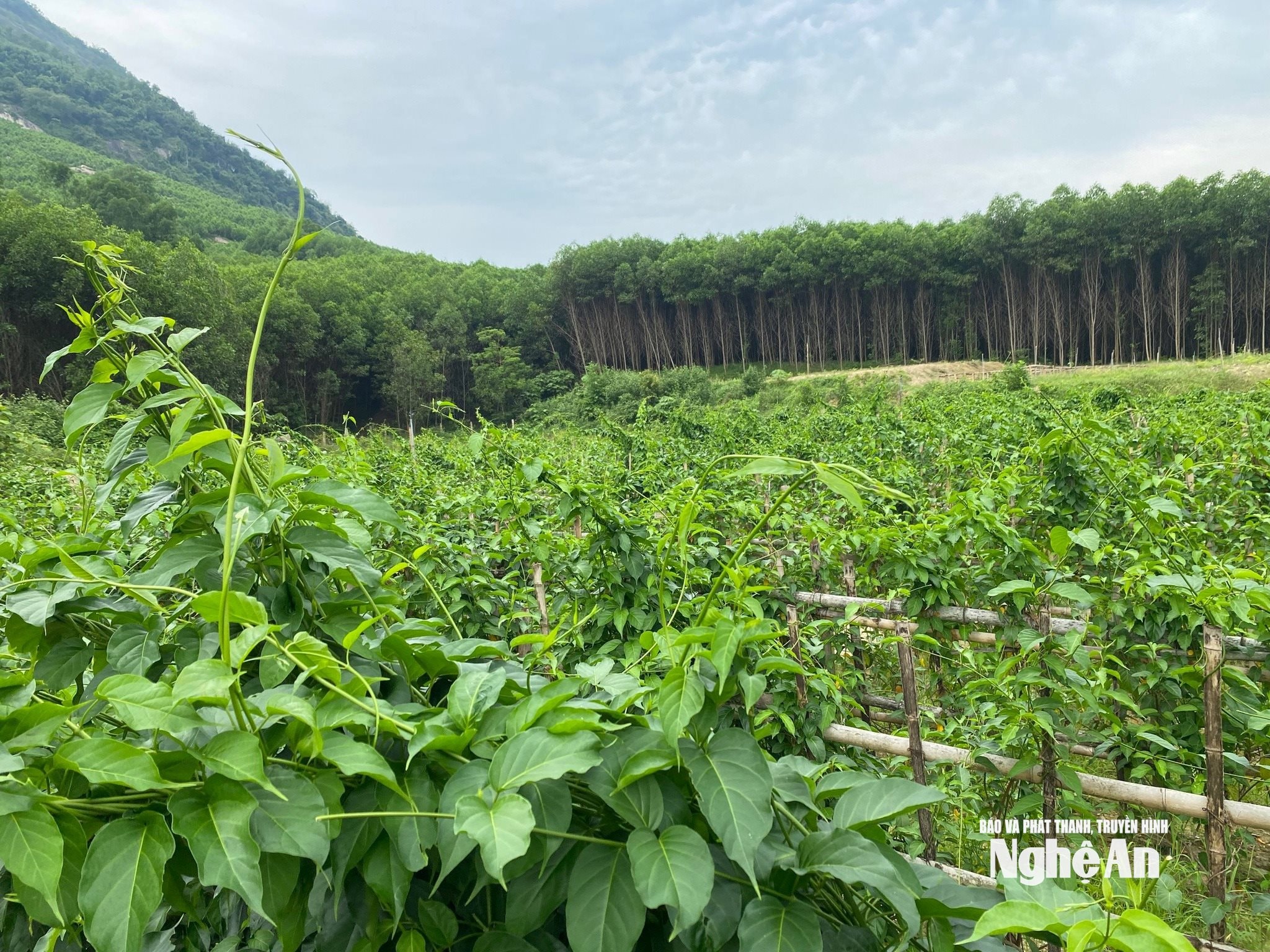
Mr. Quang Van Thanh, head of Muong Piet village, Thong Thu commune, enthusiastically led us to visit the macadamia garden that was planted more than 1 year ago. Rows of green macadamia trees are stretching out on the hillside. "In the recent period, 6 households in the village were supported to plant according to the Project of Program 1719, I alone planted 300 trees. The trees have taken root well, the survival rate is very high, promising to bear fruit in the next few years," Mr. Thanh said excitedly.
Since the macadamia trees were brought back, the people of Muong Piet, Muong Phu, and Na Luom have had more confidence in the new economic direction. The commune government has also joined in, coordinating with specialized agencies to organize training, provide technical guidance, and encourage people to take advantage of vacant land and ineffective hills to convert. Up to now, the whole commune has had 29 households growing macadamia from the support fund of the National Target Program. People are provided with seeds, fertilizers, and technical guidance on care, and have a stable place to sell, so everyone is confident in sticking with it for the long term.
Also within the framework of the National Target Program for Socio-Economic Development of Ethnic Minority and Mountainous Areas, Muong Xen Commune is implementing a model of growing purple cardamom, opening up opportunities for sustainable poverty reduction for dozens of Mong households. With a total support budget of 660 million VND, 70 poor and near-poor households are provided with seeds, fertilizers, and training in planting and care techniques. Nearly 70,000 purple cardamom trees are intercropped in peach gardens, under the canopy of secondary natural forests and 2-3 year old planted forests, with a survival rate of over 95%. This tree species not only brings high economic value but also contributes to forest protection, fire prevention, and erosion prevention thanks to its developed roots and water-rich stems.
According to calculations, when entering the stable harvest stage from the third year onwards, the yield reaches about 1 - 1.5 tons of fresh fruit per hectare, bringing in an income of 50 - 70 million VND, many times higher than growing corn and cassava. Thanks to intercropping with other plants, purple cardamom also creates a multi-layered vegetation ecosystem, both protecting the environment and helping the soil to be porous and retain moisture well.

Currently, in the highland communes of Tuong Duong district (old) such as Yen Hoa, Yen Na, Nga My, Tam Thai... many households are taking advantage of forest and hill areas to grow medicinal herbs. Within the framework of Project 3 on developing sustainable agricultural and forestry production, promoting the potential and strengths of the locality to produce goods according to the value chain, two medicinal herb growing models have been deployed with 35 households participating. In Yen Hoa commune, purple velvet trees are planted on more than 3 hectares right under the canopy of the cajuput forest, all trees are green and grow quickly, with a survival rate of nearly 100%.
In addition, in the natural forests of Coc village and Yen Tan village, people also grow Morinda officinalis and yellow tea. After 3 years of implementation, Yen Hoa commune has more than 9 hectares of various medicinal plants, which is a valuable source of capital to support nearly 100 poor and near-poor households participating. Planting medicinal plants under the forest canopy not only helps people have a stable income but also contributes to protecting the forest and creating sustainable livelihoods. These medicinal plant planting models, although newly implemented, have opened up a new direction for the mountainous economy. From relying only on acacia, corn, and cassava, people now have more high-value crops, helping to effectively exploit land, sustainably reduce poverty and create a foundation for developing a green economy and forest economy.
Creating a sustainable medicinal value chain
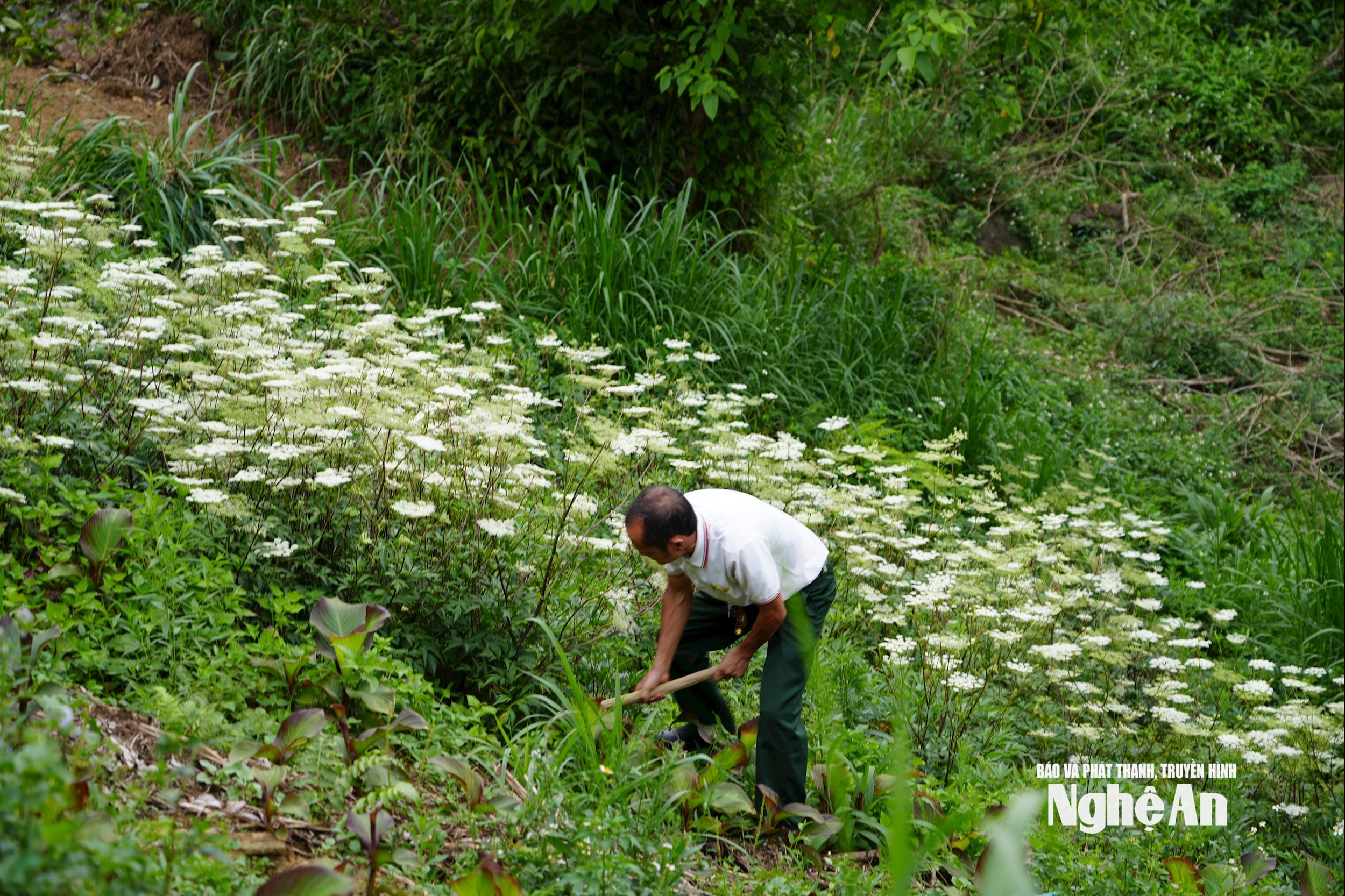
With more than 1,000 species of rare medicinal plants, Nghe An is considered the "green treasure" of the whole country. Implementing Sub-project 2, Project 3 under the National Target Program for Socio-Economic Development of Ethnic Minority and Mountainous Areas for the 2021-2030 period, the development of precious medicinal plant growing areas according to the value chain has helped awaken that potential, turning forests into a "source of income" for the people. Currently, the whole province has formed more than 1,450 hectares of medicinal plant growing areas. Including large-scale crops such as passion fruit, gac fruit, turmeric, cardamom; cinnamon, sage, chives grown in scattered areas in the midlands and mountainous areas; and medicinal plants such as locust bean, cassia, plantain, che vang, moneywort... serving the domestic market.
In particular, rare species such as Puxailaileng ginseng, seven-leaf one-flower ginseng, golden orchid, do trong, purple cardamom... have also been experimentally grown in highland areas. These results show the effort to form concentrated medicinal material areas, creating a closed production chain from planting, harvesting to processing and consumption. In fact, income from medicinal plants is many times higher than that from traditional crops, some types have economic efficiency 10 times higher than corn and cassava, helping people to get rich right on their homeland.
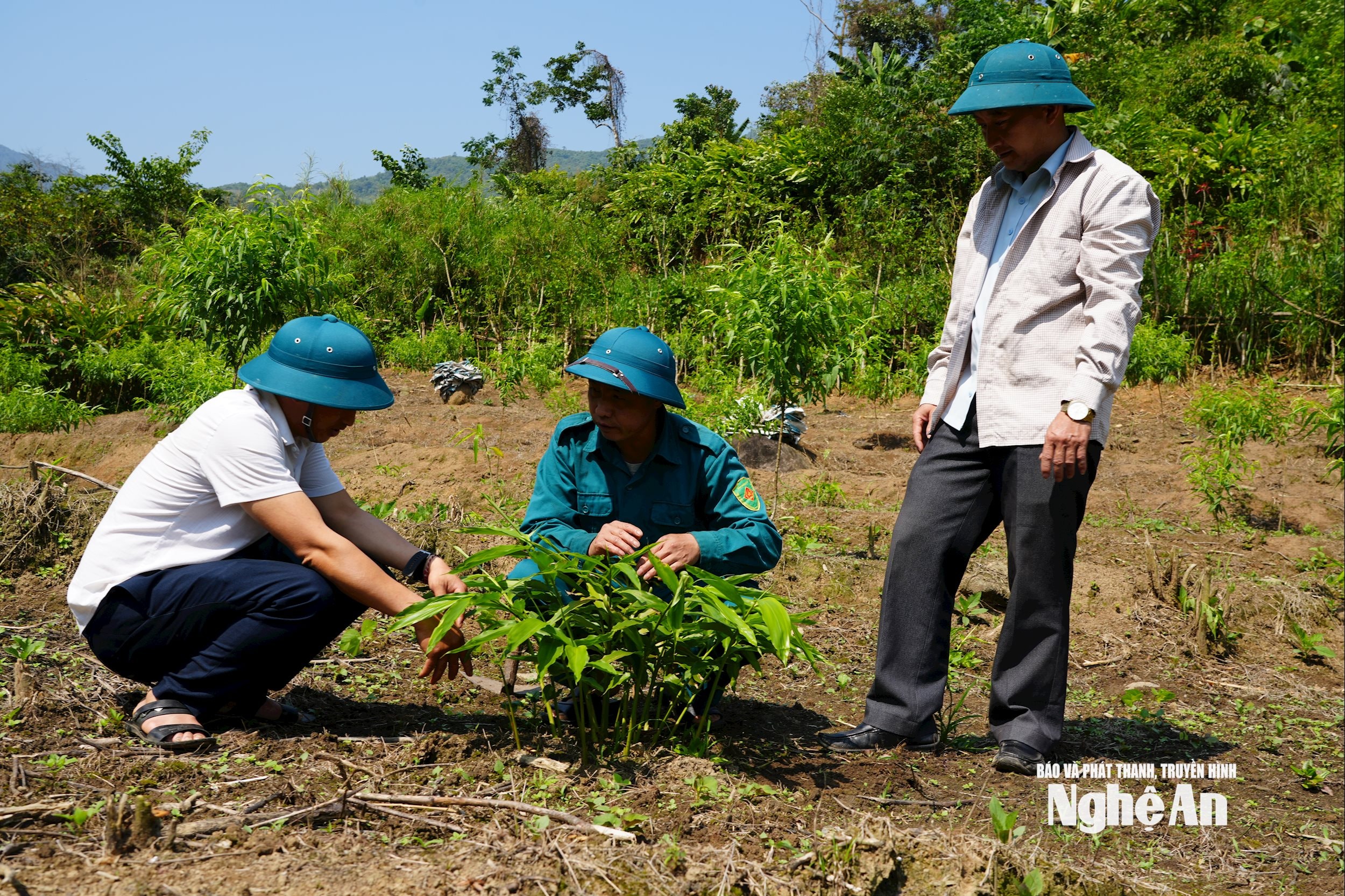
However, medicinal plants also require large initial investment capital, complex planting and care techniques, while the infrastructure of the growing areas is still lacking. Therefore, attracting businesses to link production, processing and product consumption becomes the key step. This is also the direction that Nghe An is focusing on in the period of 2021 - 2025 to form a sustainable medicinal value chain. Up to now, in the province, there have been many large enterprises investing in this field such as Nghe An Pharmaceutical Company, TH Group , HUDI Company, Pu Mat Medicinal Materials Company, Kim Son Company, Vietnam Ngoc Linh Ginseng Pharmaceutical Group... with a scale of nearly 2,000 hectares.
Projects are implemented in the form of production linkage, product consumption, creating stable output for farmers and encouraging start-ups and investments in the highlands. Many cooperatives and individual businesses also take the initiative in planting, harvesting, and processing medicinal herbs, creating a widespread production network, contributing to increasing the value of local products. Plants such as Morinda officinalis, Amomum japonicus, Red Polygonum multiflorum, and Purple Khoi are intercropped under the canopy of natural forests, providing people with more jobs and at the same time contributing to biodiversity conservation.
At the same time, many scientific programs and support projects have helped produce varieties, analyze quality, transfer technology to growing areas, aiming to standardize products to meet GACP - WHO standards, paving the way for Nghe An medicinal herbs to reach the domestic and export markets.
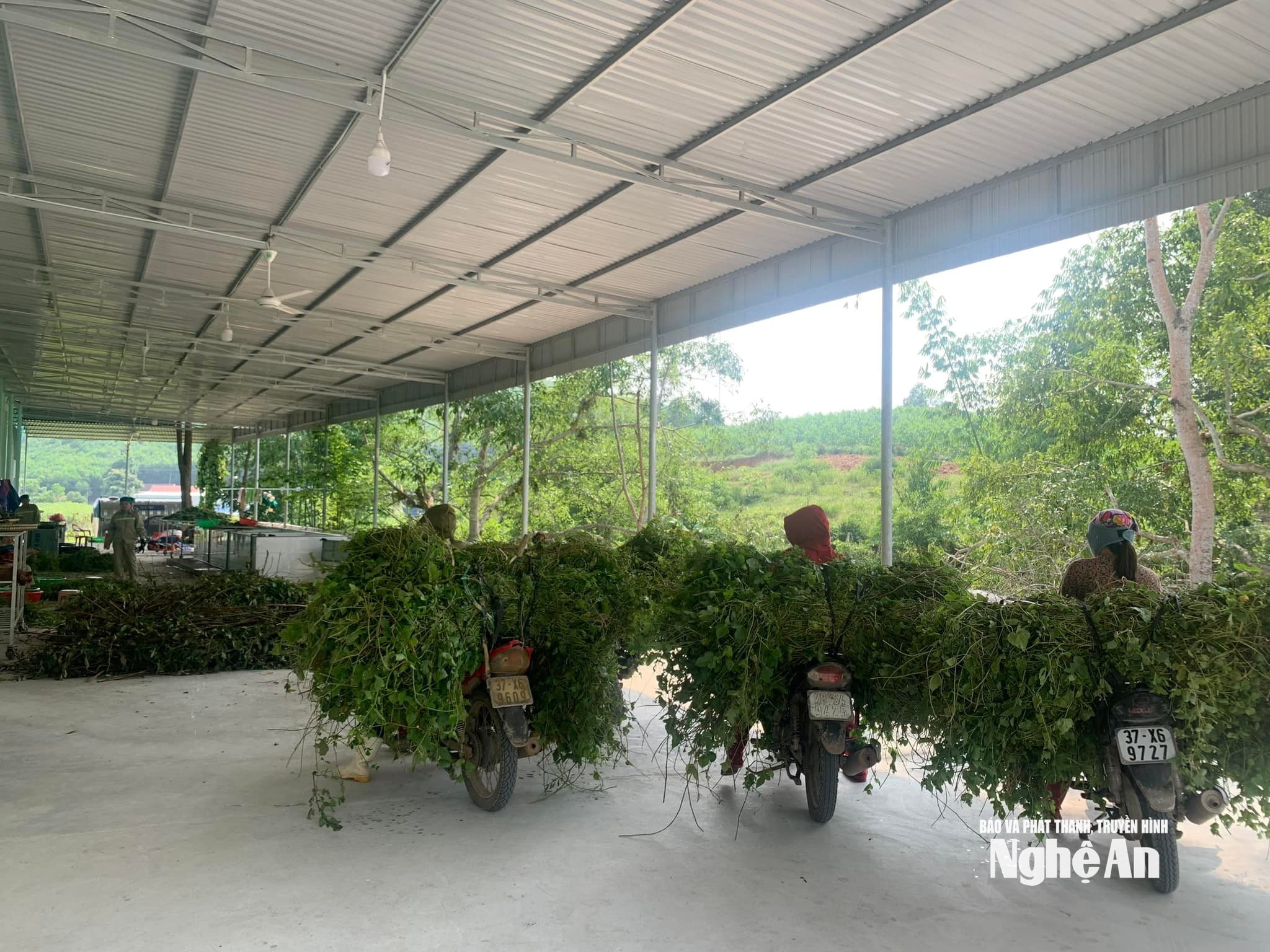
In fact, in many localities in Western Nghe An, medicinal plants are changing the face of the land and the lives of the people. Young Mong, Thai, and Kho Mu people no longer leave their hometowns to work far away, but choose to stay and start a business with a model of growing, processing, and trading medicinal plants. The once bare hills are now green with precious medicinal plants, and the forests are better protected thanks to the economic benefits they bring.
The 1719 Program has breathed new life into the highlands. Thanks to the development of medicinal plants according to the value chain, people have more jobs, businesses have investment opportunities, and the locality has more motivation to develop a green, sustainable economy. It is not only a story of growing medicinal plants, but also a journey of making money from forest resources, a journey of starting a business and getting rich for ethnic minorities. Amid the green color of Nghe An's mountains and forests today, medicinal plants are gradually asserting their position, becoming the "key" to opening a prosperous, sustainable future for people in the highlands.
Source: https://baonghean.vn/huong-sinh-ke-xanh-noi-dai-ngan-nghe-an-10311038.html


![[Photo] Prime Minister Pham Minh Chinh chairs a meeting on housing policy and the real estate market.](https://vphoto.vietnam.vn/thumb/1200x675/vietnam/resource/IMAGE/2025/11/11/1762838719858_dsc-2107-jpg.webp)











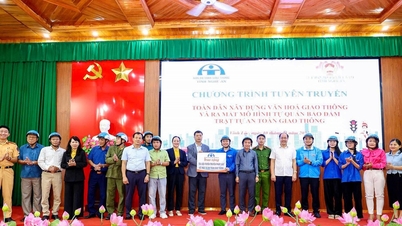

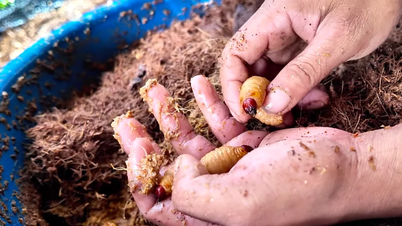








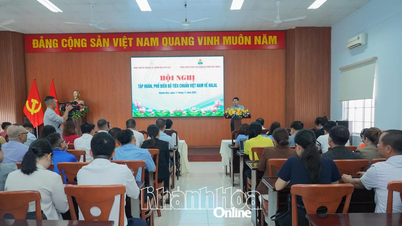













































































![Dong Nai OCOP transformation: [Article 4] Reaching national standard products](https://vphoto.vietnam.vn/thumb/402x226/vietnam/resource/IMAGE/2025/11/11/1762825820379_4702-cac-san-pham-trai-cay-chung-nhan-ocop-nongnghiep-174649.jpeg)



![Dong Nai OCOP transition: [Article 3] Linking tourism with OCOP product consumption](https://vphoto.vietnam.vn/thumb/402x226/vietnam/resource/IMAGE/2025/11/10/1762739199309_1324-2740-7_n-162543_981.jpeg)






Comment (0)